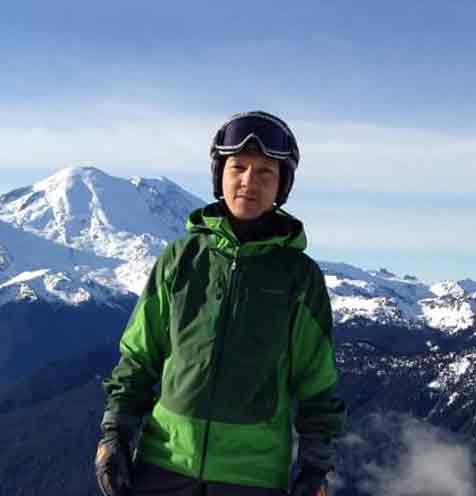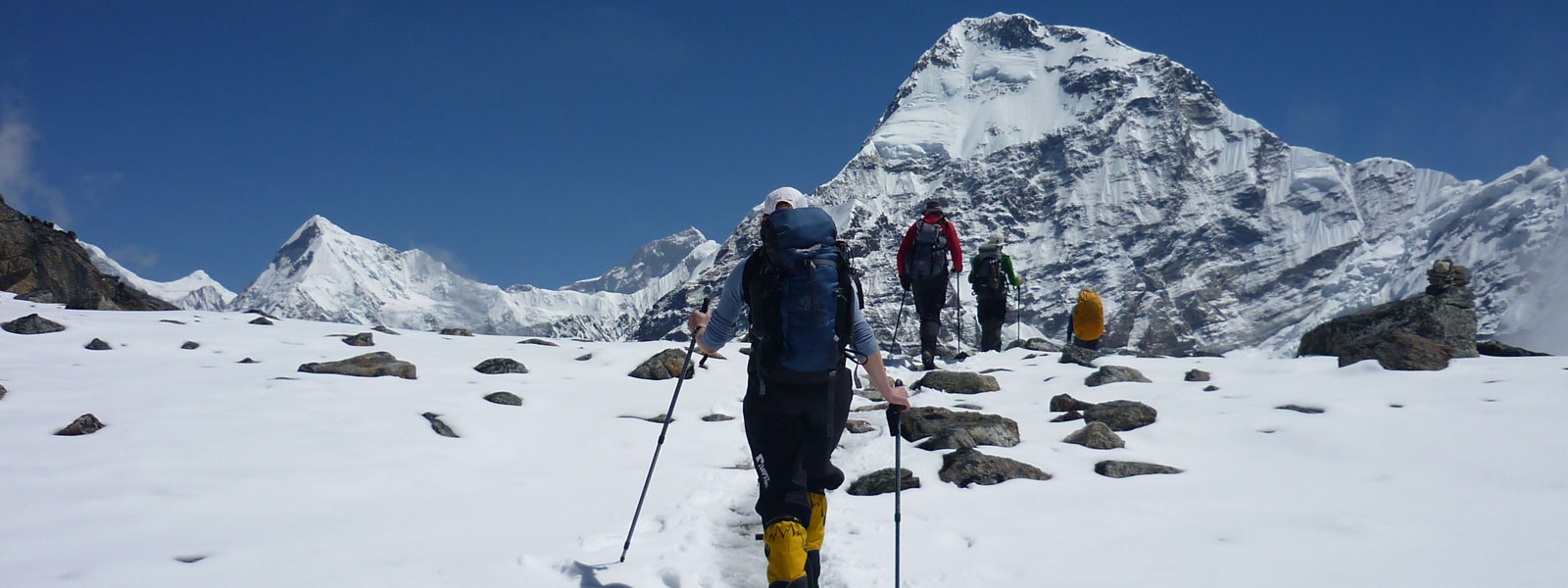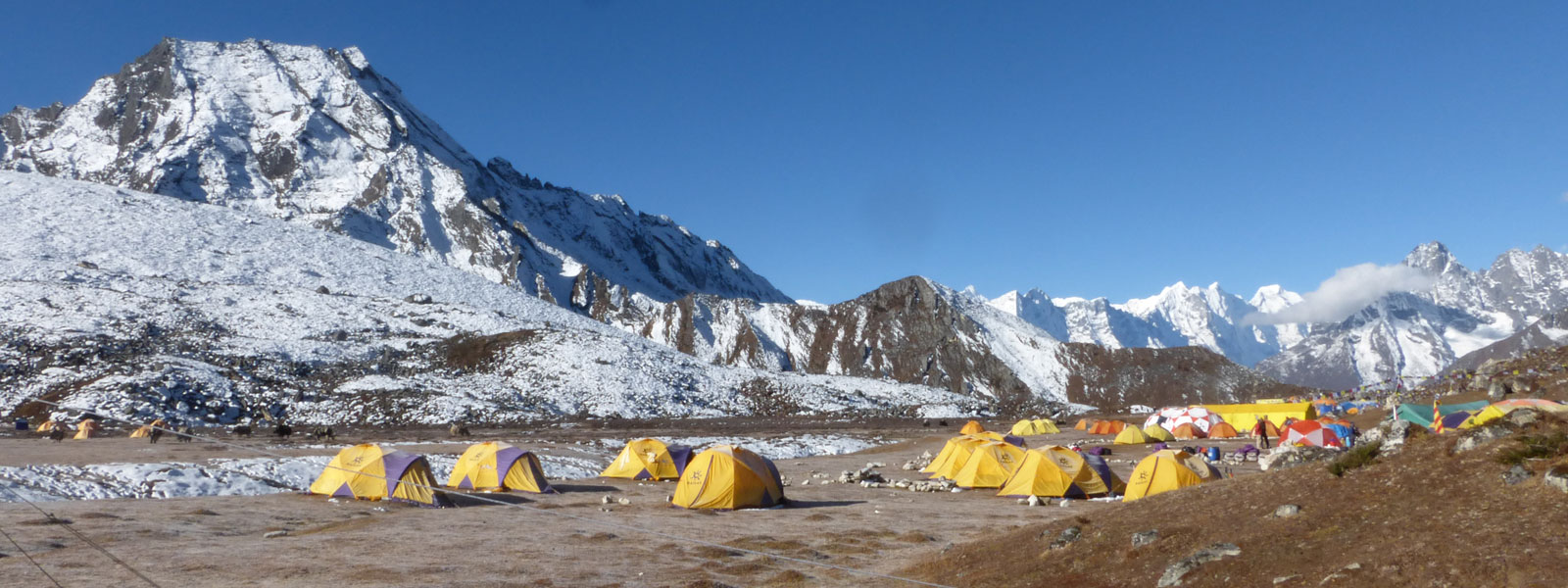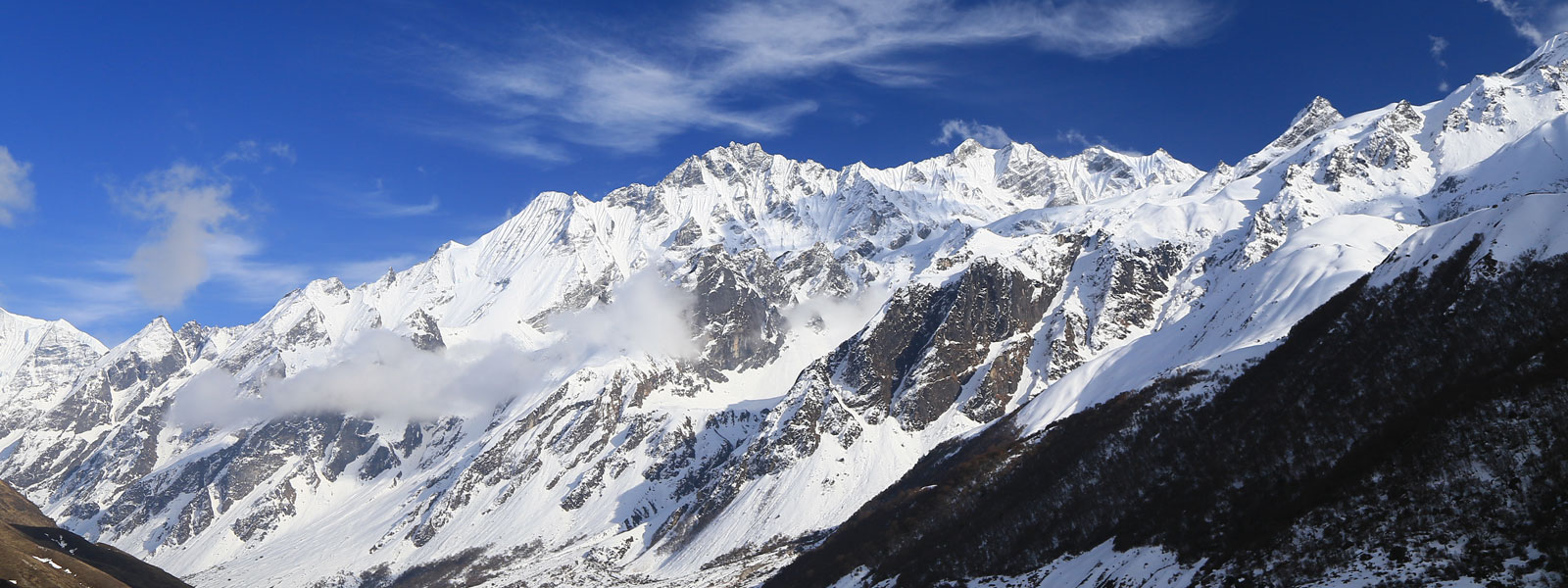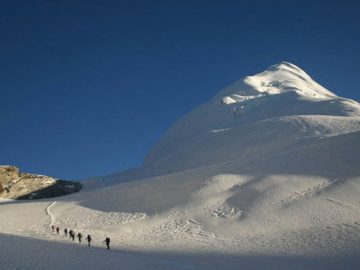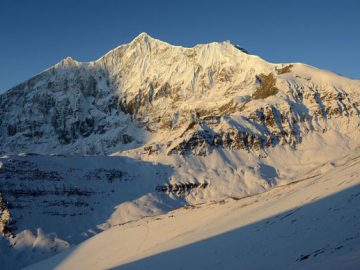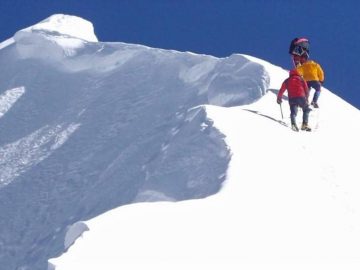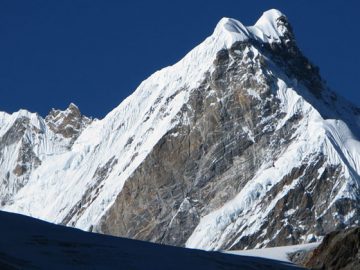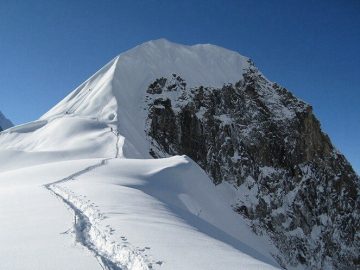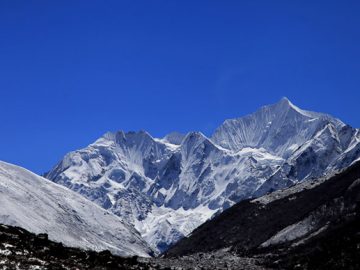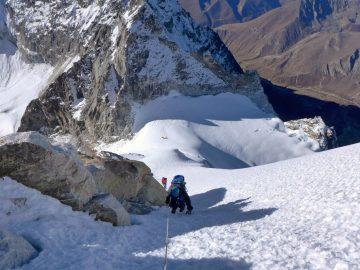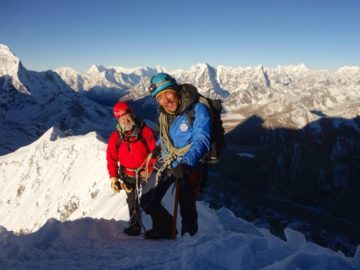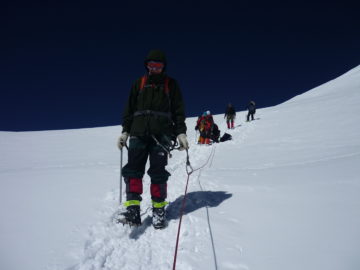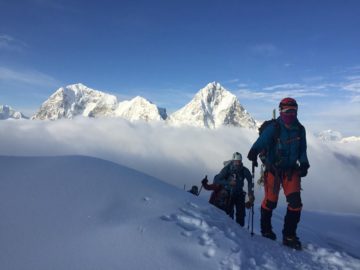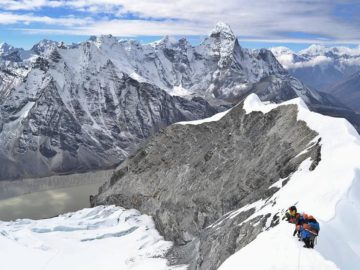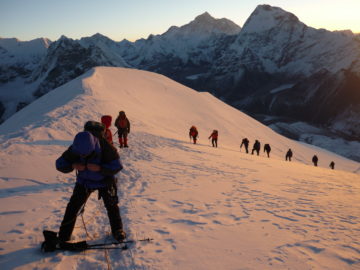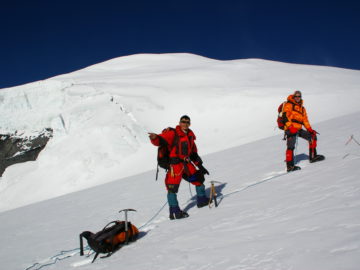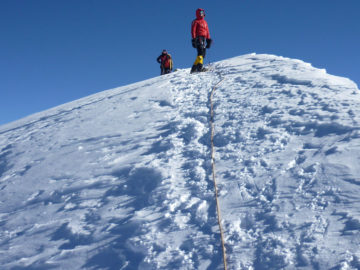Peak Climbing
The watershed of Asia and the land of snow peaks and Sherpa, yaks and yetis, monasteries and mantra, Nepal is squeezed between the high Himalayas and Indian plains. Considered a paradise for the mountaineering and other adventurous activities, it has something for every nature of adventure lovers. Home to 8 of the 14 peaks highest peaks in the world including the tallest Everest (8848m), Nepal has 1310 mountain peaks out of which 326 of them are open for the purpose of climbing and mountaineering. This makes the tiny Himalayan nation exceptionally popular for mountaineering. Climbing the formidable peaks in Nepal has been the synonym for outstanding achievement and display of courage as this require cautious longer planning and preparation along with physical fitness.
Nepal is home to several other mountains below the mighty above 8000m peaks. This makes the peak climbing in Nepal ideal to those who have some form of trekking experience and want to test themselves further in the adventure tourism. Many smaller mountains known as ‘Nepal Trekking Peaks’ (5650m to 6500m) are more than simple trekking. Some of these peaks are Mera Peak, Lobuche Peak and Island Peak. 33 such peaks are open for climbing managed under the label of ‘Trekking Peaks’ by Nepal Mountaineering Association (NMA). Similarly, expeditions to the peaks ranging below 8000m fall under another range of mountains for peak climbing. Pumori, Barunste are some of the peaks of this range. Above 8000m are the snow-capped peaks which occupy the top category for peak climbing. Mt Everest, Mt. Annapurna, Mt. Makalu, Mt. Manaslu, Mt Dhaulagiri are some of these peaks above 8000m. However, some of the peaks below 6812m range also require technically assistance for the purpose of climbing besides the higher ones. Island Peak is considered technically more difficult than Mera Peak, though they fall in the same appellation.
Best Season
Generally, spring season (April to early June) is considered as the best season for Mountaineering/Peak climbing. It was once the only permission season for mountaineering. In recent years autumn season (September to November) is also the period for successful expeditions. In 1979, Ministry of Tourism established a season for winter mountaineering. For season of November to February, technological advances have allowed ascend to the peaks. Monsoon season (July to August) isn’t the practical season for peak climbing.
Permit Requirement
Mountaineers need to have permission from the Ministry of Tourism for the purpose of peak climbing, though Liaison Officer isn’t needed for climbing peaks below 6500m. Recently, Ministry of Tourism decided to withdraw the authority to manage the 33 trekking peaks from Nepal Mountaineering Association (NMA), given to it since 1978. The royalty fees have also been revised by the government to further promote mountaineering in Nepal.
How is Trekking different from Mountaineering?
As per Nepal Mountaineering Association there are 33 peaks as the Trekking Peaks in Nepal which is relatively confusing as all involve climbing. Trekking peaks means more of the trip that consists mainly the trekking activities with few of days of ascending a glacier to a high camp and then a summit day with some technical climbing, rather than the expedition involving a base camp and using siege tactics to climb a mountain. Mountaineering is the need of climbing equipment to ascend the mountain that includes the crossing of glacier, crossing snow field with crampons, climbing steep ice wall with an ice axe and so on. So, trekking is bit different from mountaineering in terms of technicality and ease.
The haven for mountaineering and Peak Climbing, Nepal has in offer different technical and relatively less difficult peaks for mountaineering. Summiting each peak provides some form of adrenaline rush to the mountaineers and a sense of pride and achievement. A must do activity for the adventure lovers, Mountaineering is an ultimate source of adventure.

